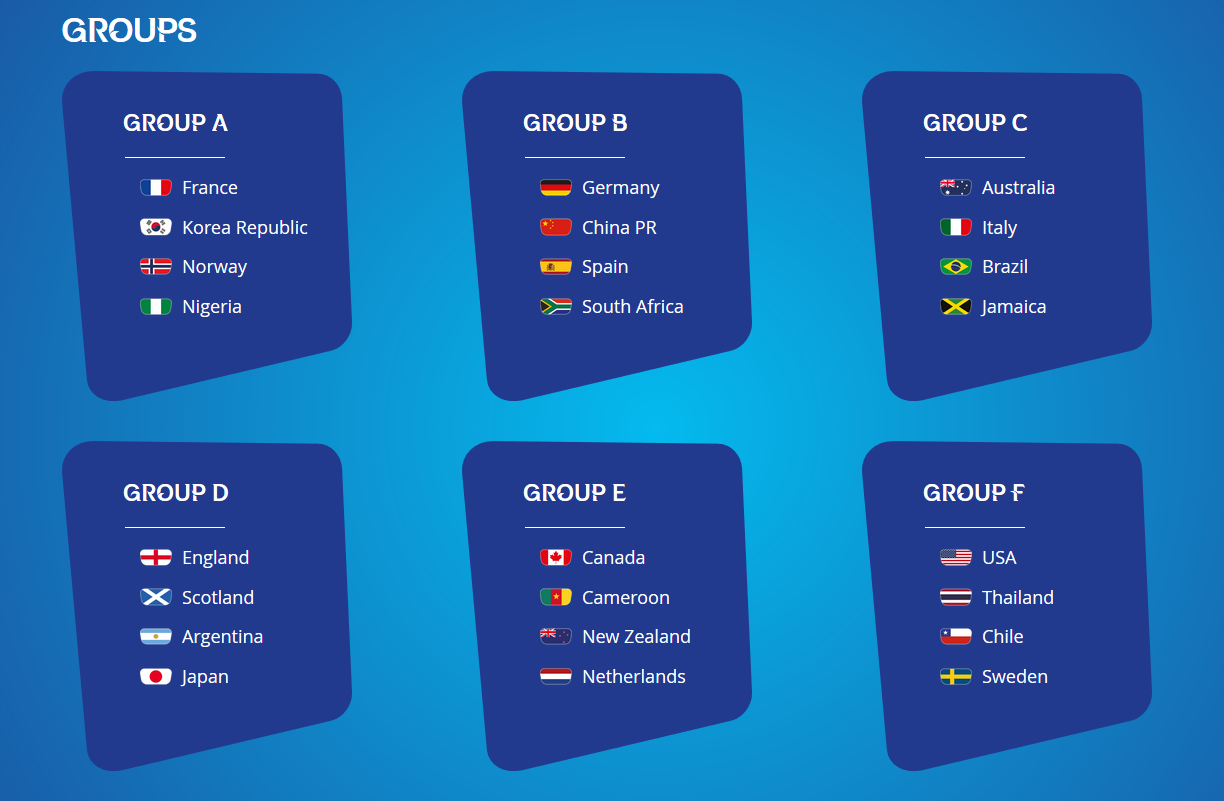Field of dreams? How some professional cricketers continue to pay the price for sporting excellence

Helen Owton, The Open University
What comes to mind when you think of cricket? Perhaps it’s an idyllic scene of an English village green – people sitting on deckchairs and checkered blankets tucking into a traditional cricket tea while watching mild-mannered players in sparkling whites shouting “howzat?!” every now and then?
The stereotype of a genteel, quintessentially English sport can be light years away from the reality, however.
In addition to a potentially punishing – and exclusive – working culture, cricket requires a huge amount of endurance, resilience and skill. It’s such a demanding sport, in fact, that test cricket is often referred to as “the ultimate test”. Research from Loughbrough University found that a career in professional cricket has “highs and lows that both stimulate a player’s mental health and lead to mental health issues and impaired performance”.
Freddie Flintoff’s latest docuseries, Field of Dreams On Tour – a follow up to the original 2022 series for which he formed a cricket team from an unlikely group of teenage boys in his hometown of Preston, UK – is a reminder of the complexity of the sport’s relationship with the mental health of its players.
Former international cricketer and coach for the England cricket squad, Flintoff is no stranger to mental health stuggles – and he’s spoken publicly about his experience of depression and his struggle with bulimia during and after his cricket career.
The second season of Field of Dreams chronicles Flintoff’s journey as he takes his team on a cricket tour to India, following their ups and downs and showing how sports and cricket can help – and sometimes harm – mental health.
Flintoff and his team aren’t the only ones facing mental health challenges. Cricketing history is littered with cases of mental health crises – and even suicide.
For over thirty years, cricket writer David Frith researched suicides among cricket players, publishing two books on the issue. His 2001 book concluded that, “cricket has an alarming suicide rate. Among international players for England and several other countries it is far above the national average for all sports”.
Nature or nurture
Frith believed it was “the loss” of cricket that affected players most – and he could be on to something.
A UK study found that “all of the participants reflected negatively on the termination of their career, with a sense of loss and resentment characterising the post-retirement period”.
Many elite athletes have a strong but narrow sense of identity – sport is a huge part of who they are. Once athletes retire from sport, they may feel that they lose a part of themselves along with their job. The transition from active player to retirement can be similar to a grieving process. However, a study suggests that risk of depression and suicide can be buffered by a supportive family, which increases players’ sense of identity outside the sport.
Elite athletes struggling with their withdrawal from sport can resort to alcohol, drugs and gambling to cope with their sense of loss. A 2023 study suggests that while athletes are not necessarily at a greater risk of suicide than the general population, various factors, such as misuse of performance-enhancing substances, sports-related stressors, sports injuries, drug abuse, affective disorders, mental and physical illness in sport, put them at risk of suicide during active career and retirement.
Opening up to close stigma down
But the stigma around mental health is slowly being broken down as more and more players speak out about their experiences of depression, anxiety and suicidal thoughts.
In response to the death of retired cricketer Graham Thorpe in August 2024, former Indian cricketer Robin Uthappa disclosed his issues with mental health. He said,
I recently heard about Graham Thorpe and multiple cricketers who have ended their lives because of depression. Even in the past, we have heard of athletes and cricketers who have ended their lives because of clinical depression. I personally have been there as well. I know for a fact that it’s not a pretty journey. It’s debilitating, it’s exhausting and it’s heavy. It feels burdening.
Uthappa is not alone.
Retired cricketer Phil Tufnell has spoken about his own struggles with mental health, saying that the national side “didn’t know how to help players battling mental health issues during his career”. Indian international cricketer Virat Kholi has also been open about his mental health during an England tour in 2014 when suffered with the yips. Kholi said:
And still to get out of bed and just get dressed for the game and to go out there and go through that, knowing that you will fail was something that ate me up. It just demolished me completely.
But not all former players are critical of the sport’s response to players’ mental health. In 2016, former professional cricketer Graeme Fowler spoke about his experience of clinical depression, arguing that cricket is way ahead of other sports in tackling mental health.
Support, however, seems to be reactive – it’s provided when there’s already a problem rather than implementing preventative measures for players from the beginning of their career.
But the willingness of players to open up about their experiences could be making a difference.
In 2022, England test captain Ben Stokes returned from a mental health break. “It was like I had a glass bottle I kept on throwing my emotions into. Eventually, it got too full and just exploded,” Stokes told BBC Breakfast.
For example, there are growing mental health initiatives in cricket. The charity Opening Up Cricket was founded in memory of wicket keeper Alex Miller, who took his own life in 2012.
While Flintoff and colleagues are doing the hard work of smashing stigma, there is still a responsibility for cricket authorities to create supportive environments that nurture players’ mental health during and after their cricket careers.
If you or anyone you know require expert advice about the issues raised in this article, the NHS provides this list of local helplines and support organisations.![]()
Helen Owton, Lecturer in Sport and Fitness, The Open University
This article is republished from The Conversation under a Creative Commons license. Read the original article.








